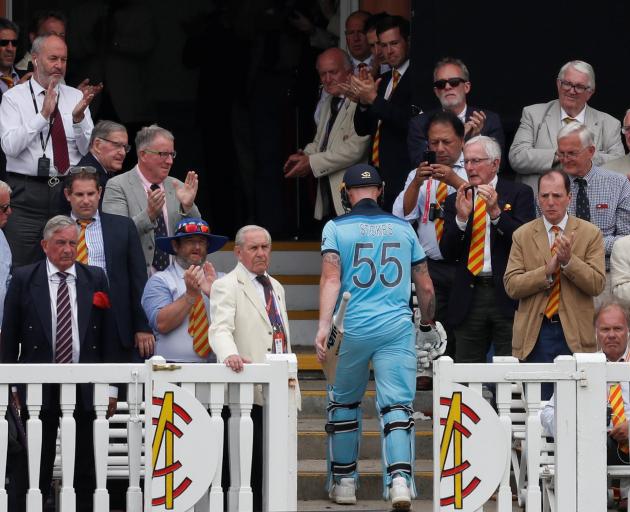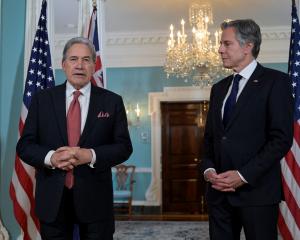
It is appropriate that the current Cricket World Cup competition is taking place in England given the game had its origins there in the late 16th century. It was introduced by the British into India in the 1700s and spread globally in the 19th and 20th centuries.
Lord's Cricket Ground in London is referred to as the home of cricket and dates back to the late 18th century. It was intriguing to watch the recent game on this hallowed ground between New Zealand and Australia.
There are particular protocols and traditions to be observed, and ''The Long Room'' is one of those. There, the members respectfully observe the comings and goings of teams and individual batsmen.
Players walk past imposing portraits and various items of memorabilia that provide a permanent reminder of the game's long history.
This got me reflecting on my days as a schoolboy cricketer growing up in South Otago.
On Saturdays we would regularly travel to rural venues where the pitches were often located in a farmer's paddock. These were generally not well maintained and, as with Lord's, the outfields were not entirely even and the odd rabbit hole could be a trap for the unwary.
There were no Long Rooms, seating consisting of a few planks precariously attached to the back of a farm shed. The stumps never lit up like a cosmic explosion on impact and third umpires were unheard of.
Reviews and replays were likewise a distant prospect. Respective teams each provided an umpire, thus ensuring the perception of a modicum of impartiality.
The hosts always provided a sumptuous afternoon tea and generous hospitality.
A striking feature of this World Cup is the passionate and enthusiastic crowds supporting their national teams. The noise level, colour and gaiety is infectious, adding a wonderful dimension to what are often close and intense contests.
Various nationalities and cultures are united in their enjoyment of the game. Security issues in Pakistan and ongoing conflict in Afghanistan have not prevented those countries from participating and playing with considerable skill. Imran Khan, who captained Pakistan to Cricket World Cup victory in 1992, is now that country's prime minister. Interest in cricket in the subcontinent is massive, and well over 200million Indians viewed a recent game.
Another standout is the wonderful colours of some of the team uniforms, among the more impressive being those of Afghanistan, Sri Lanka and Australia. These outfits are multicoloured and beautifully harmonised.
Our uniform doesn't measure up well by comparison. It looks dour and rather funereal.
In times past the New Zealand cricket team has worn a variety of colours, but more recently has succumbed to what seems to be a national administrative obsession with the colour black, irrespective of what the sporting code might be. Mercifully, the All Whites have defied this trend. Cricket is a summer sport. There should be brightness in the uniform. That is also part of the spectacle and entertainment. We need to showcase our nation in the most positive way and perhaps this would be a good time for a rethink.
The World Cup has a way to go. There will be more twists and turns. More drama. Elation for some, despondency for others. But what a showcase from the spiritual home of cricket.
The atmosphere will be absorbed in all the great stadiums across England and Wales until, finally, on July 14 a victor will emerge.
For a few brief weeks, national boundaries, Brexit woes, trade wars and climate angst can all be suspended. Beyond the games, friendships and memories will live on. The World Cup is more than just cricket.
-Joss Miller is a retired Dunedin lawyer.












